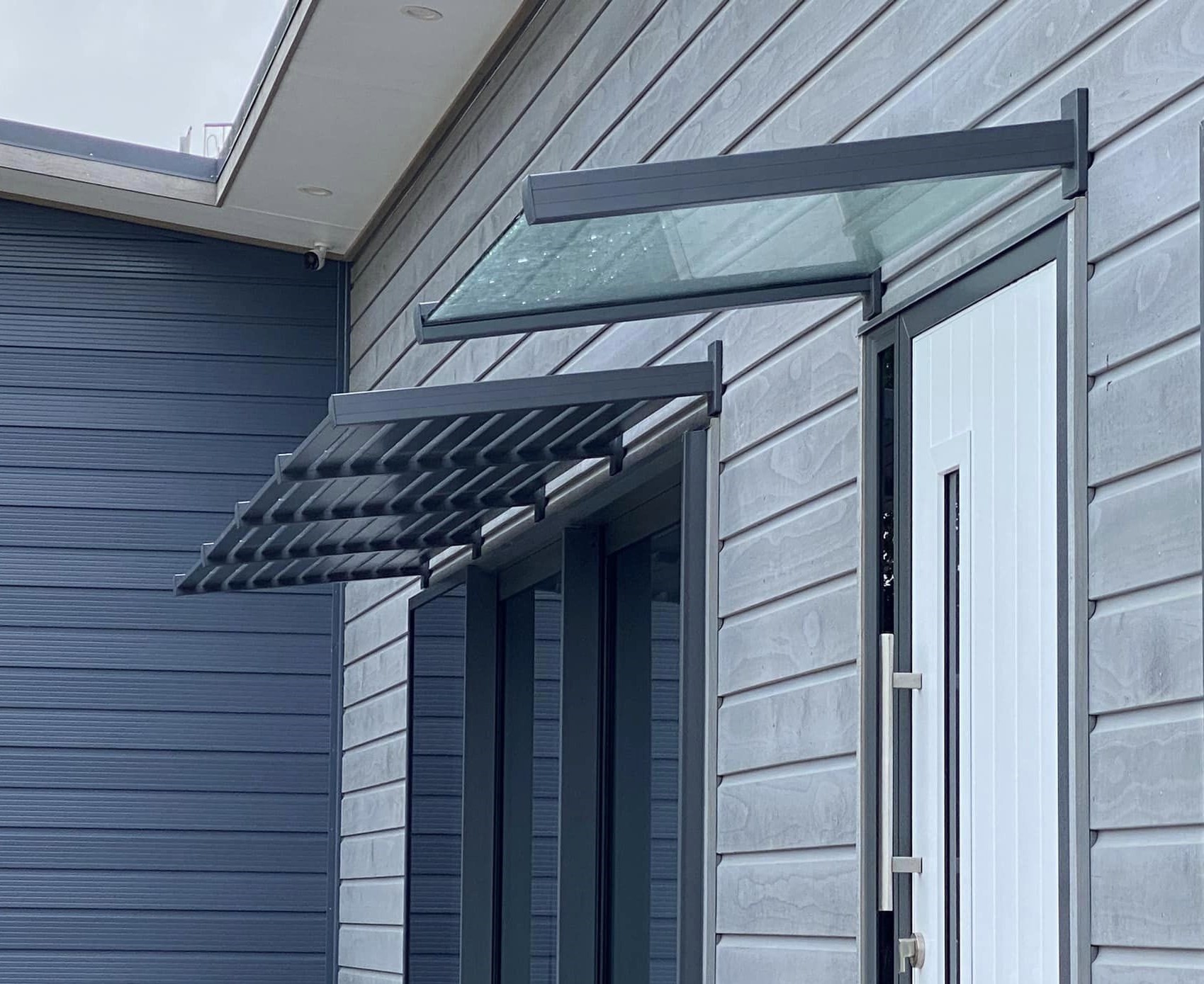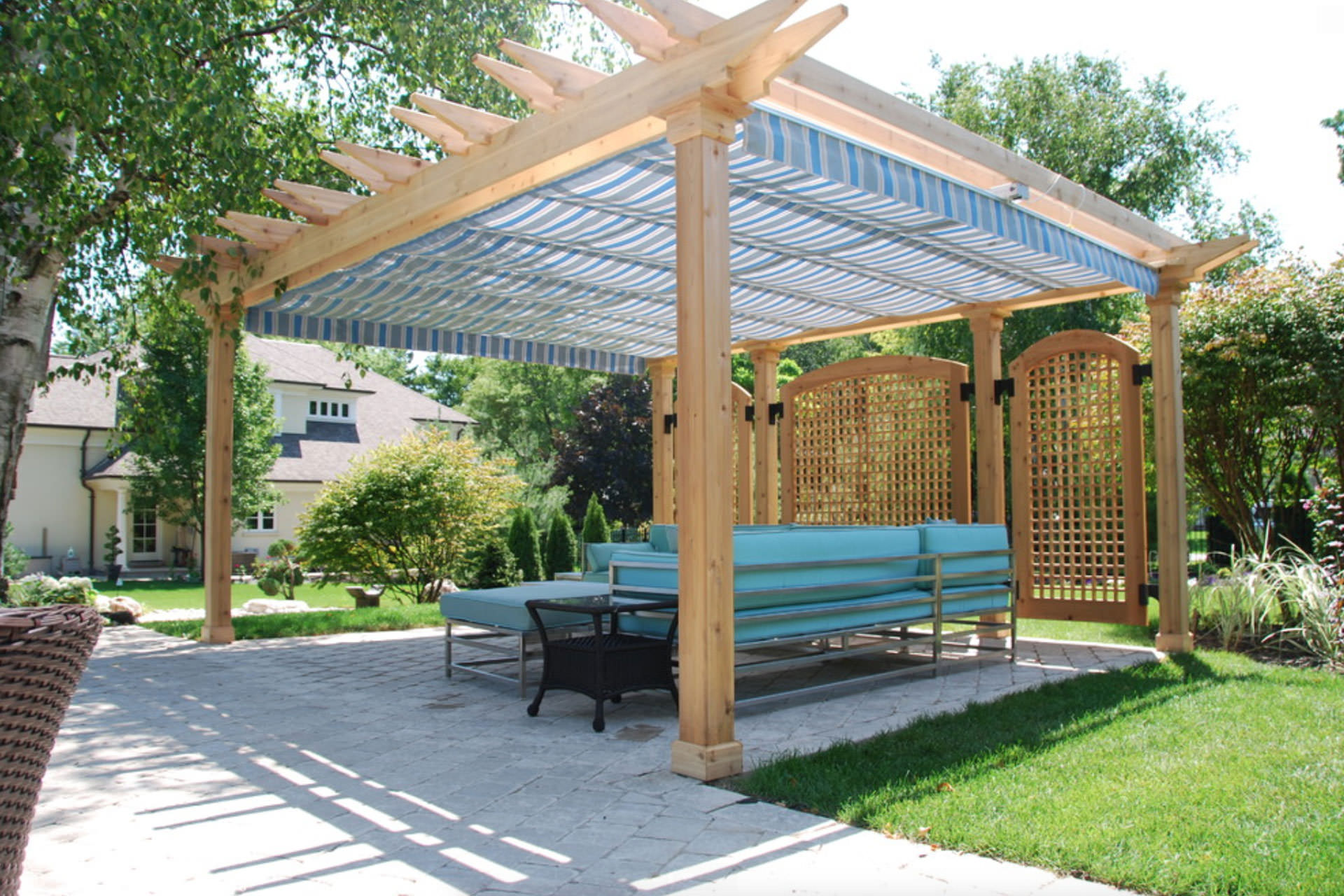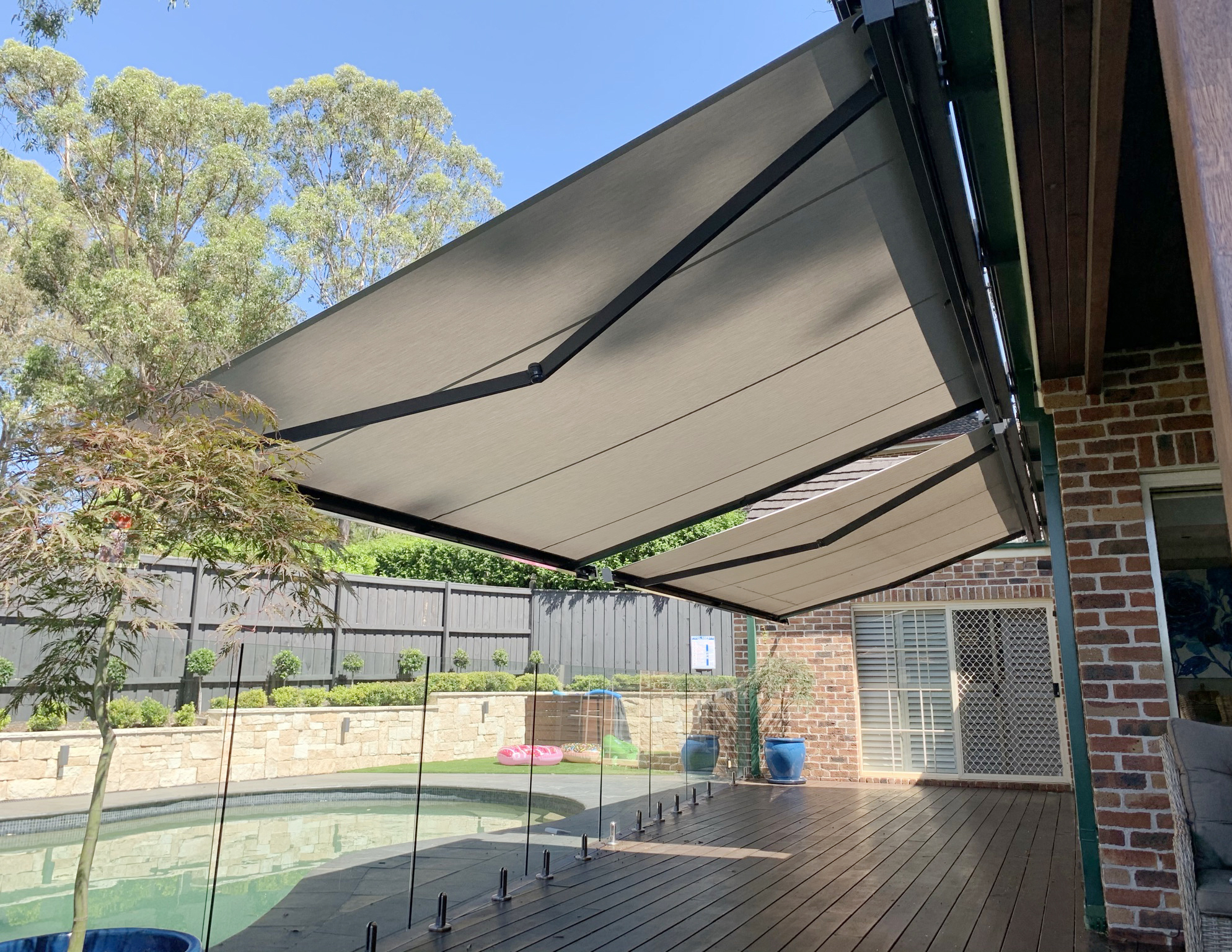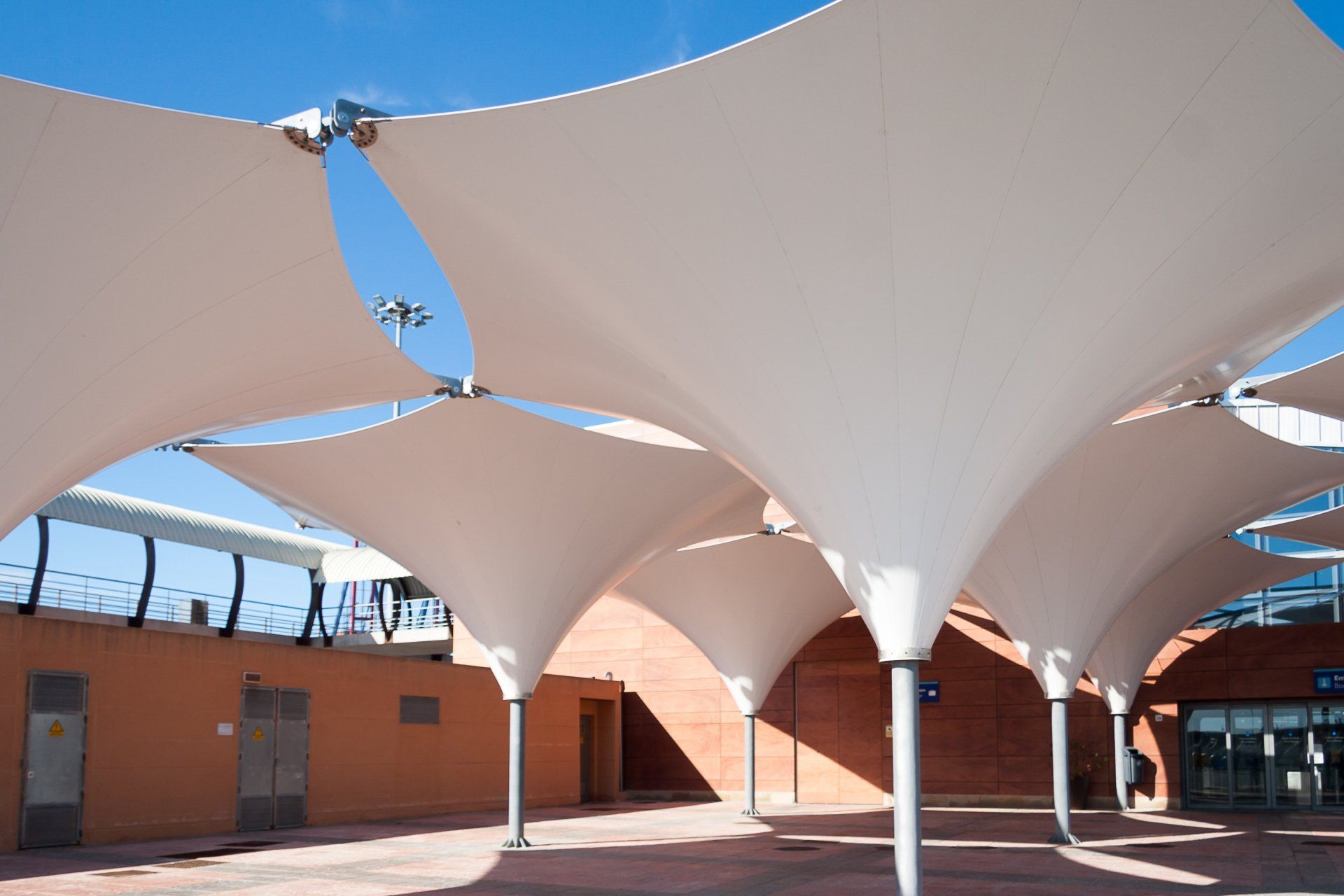Introduction: The Quest for Optimal Outdoor Comfort
When it comes to enhancing outdoor living spaces, shading solutions play a pivotal role in striking the perfect balance between comfort and style. Among the myriad options available, two popular choices stand out: canopies and awnings. Both offer respite from the sun’s harsh rays, yet each has its unique advantages and applications. This comprehensive guide delves into the world of canopies and awnings to help you determine which shading solution is best suited for your needs.
Understanding the Basics: Canopies vs Awnings Defined
To embark on our shade showdown, let’s first clarify the fundamental differences between canopies and awnings. A canopy is a freestanding or attached structure that provides shade through a fabric roof supported by posts or frames. It’s versatile and often portable, making it ideal for temporary setups or events. Conversely, an awning is a permanent fixture attached to a building’s exterior wall, extending outward to create a covered area. Awnings are typically made of durable materials like canvas or acrylic and are retractable or fixed, offering more long-term shading solutions.

Versatility and Mobility: The Canopy Advantage
One of the most appealing aspects of canopies is their sheer versatility. From backyard barbecues to pop-up market stalls, canopies excel in temporary shading needs. Their portability allows them to be easily assembled, dismantled, and moved around as required, making them a favorite among event planners and homeowners who value flexibility. Additionally, canopies come in various sizes and shapes, catering to small gatherings or large-scale events with equal ease. This adaptability gives canopies an edge when frequent rearrangement or seasonal use is a priority.
Durability and Longevity: The Case for Awnings
While canopies shine in temporary settings, awnings are designed for steadfast durability and extended use. Installed as a permanent fixture, awnings become an integral part of a building’s architecture, enhancing curb appeal while providing reliable protection against sun, rain, and even light snow. Constructed from robust materials resistant to weathering, awnings can last for years with minimal maintenance, ensuring a consistent shaded area throughout the seasons. Moreover, their fixed nature offers a sense of permanence and can increase property value, especially when custom-designed to complement the building’s aesthetics.

Design Flexibility and Customization
Both canopies and awnings offer ample opportunities for customization to match individual preferences and architectural styles. Awnings, in particular, can be tailored with a wide range of fabrics, patterns, and colors to blend seamlessly with the home’s exterior, even incorporating logos or graphics for commercial spaces. Retractable awnings further enhance customization by allowing users to adjust the shade coverage according to the sun’s position or personal preference. Meanwhile, canopies, despite their simpler designs, also provide customization through interchangeable covers and modular frames, allowing for creativity in styling temporary spaces.
Cost Considerations: Initial Investment vs. Long-Term Savings
When comparing costs, it’s essential to consider both the upfront investment and potential long-term savings. Canopies, being generally less expensive, are an attractive option for those seeking a budget-friendly solution. Their lower initial cost makes them suitable for occasional use or short-term needs. However, durability and longevity may not match that of awnings, potentially requiring replacements over time. Awnings, on the other hand, involve a higher upfront cost due to their sturdier construction and installation requirements. Yet, their energy-efficient properties—by reducing heat gain inside homes and businesses—can lead to significant savings on cooling bills, offsetting the initial expense in the long run.

Installation and Maintenance: Ease vs. Expertise
Ease of installation and ongoing maintenance are critical factors to weigh. Canopies are generally user-friendly, with many models designed for straightforward setup without professional assistance. This DIY aspect adds to their appeal for those seeking quick solutions. Maintenance primarily involves periodic cleaning and storing away during harsh weather conditions. Conversely, awnings often require professional installation due to their attachment to buildings and electrical components in motorized versions. While this increases initial costs, it ensures proper fitting and safety. Routine cleaning and occasional inspections are recommended to prolong the awning’s lifespan, with motorized systems necessitating occasional mechanical checks.
Climate Considerations: Adaptability and Resistance
Your local climate plays a pivotal role in deciding between a canopy or an awning. In areas prone to strong winds or heavy rains, awnings, particularly fixed models or those with storm hoods, offer superior resistance, providing year-round protection. Motorized retractable awnings allow users to adjust coverage based on weather changes, enhancing resilience. Conversely, canopies, while less sturdy, are better suited for milder climates or seasonal use where they can be quickly taken down during adverse weather conditions. Understanding your region’s specific weather patterns is crucial in selecting a shading solution that can withstand the elements.

Aesthetics and Design Flexibility: Personal Style vs. Architectural Integration
Aesthetics play a vital role in enhancing the curb appeal of your home or business. Canopies often come in a variety of colors and designs, offering a flexible and portable decorative element that can complement various outdoor settings. They are particularly appealing for temporary events or spaces that require a touch of style without permanent alterations. However, their design versatility might not match the customization and architectural integration possible with awnings.
Awnings, especially custom-made ones, can be designed to blend seamlessly with the building’s facade, enhancing its overall appearance and even boosting property value. With a range of materials, from traditional canvas to modern metal or acrylic fabrics, and a multitude of color and pattern options, awnings can be tailored to reflect personal style or adhere to strict aesthetic guidelines. Additionally, features like decorative valances and trimmings add a touch of sophistication.
Versatility and Functionality: Multi-Purpose Use vs. Specialized Needs
The intended use of your shading structure should also guide your decision. Canopies excel in their versatility, serving multiple purposes beyond sunshade, such as providing shelter for outdoor events, creating pop-up market stalls, or even doubling as temporary storage solutions. Their portability allows them to be moved around easily to suit different functions or locations.

Conclusion: Choosing Your Perfect Shade Companion
In the shade showdown between canopies and awnings, the ultimate decision rests on your unique requirements, lifestyle, and aspirations for your outdoor space. If flexibility, affordability, and temporary coverage are top priorities, a canopy may be the perfect fit. Conversely, if you seek a permanent, stylish enhancement to your home, with added energy efficiency and durability, an awning emerges as the superior choice. By carefully considering factors such as versatility, durability, design, cost, installation, maintenance, and climate适应性, you’ll be well-equipped to select the shading solution that will elevate your outdoor experience for years to come.
